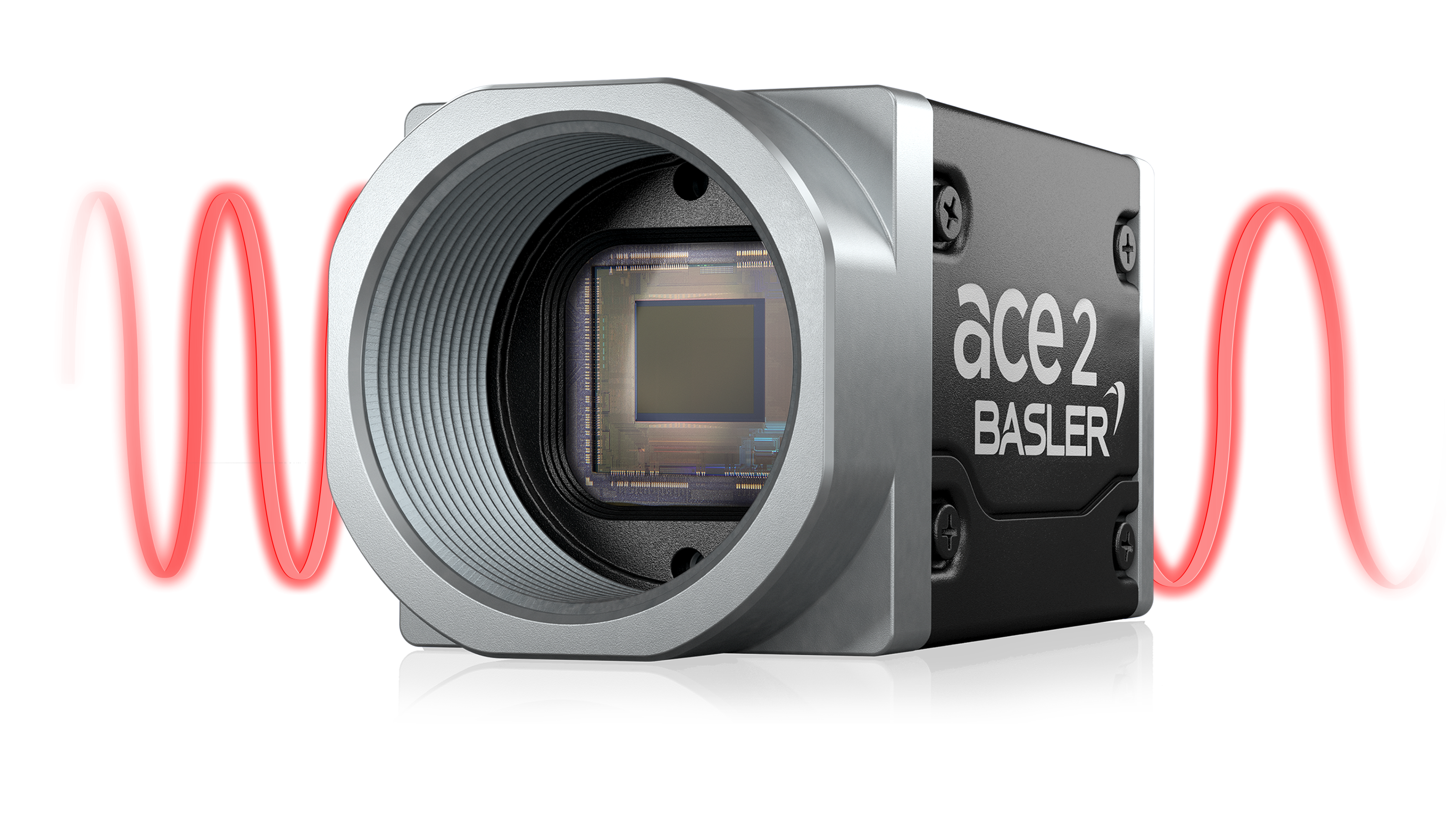The SWIR camera market, particularly at its core technology and manufacturing levels, has been the scene of a significant and strategically important trend of market consolidation. This powerful wave of Swir Camera Market Share Consolidation has been primarily driven by large, diversified industrial technology and defense corporations acquiring smaller, more specialized sensor and camera companies. The overarching strategic goal is to achieve vertical integration—to control the entire technology stack from the raw semiconductor material to the final, intelligent camera system. This consolidation is a clear signal of the market's maturation and the growing strategic importance of SWIR imaging. As the technology moves from a niche scientific tool to a critical component in mainstream industrial and defense systems, the major players are moving to secure their supply chains, acquire critical intellectual property, and build a more complete and defensible product portfolio. The result is a market that is increasingly dominated by a few, large, vertically integrated powerhouses.
The most prominent example of this consolidation trend was the acquisition of FLIR Systems by Teledyne Technologies. Before the acquisition, Teledyne was a major player in imaging sensors, including those for the infrared spectrum, while FLIR was a leader in thermal and infrared camera systems. The combination created a single, vertically integrated behemoth with an unparalleled portfolio of imaging technologies spanning the entire electromagnetic spectrum, from X-ray to the far infrared. In the SWIR space specifically, it brought together Teledyne's sensor expertise with FLIR's camera system and market access, creating a dominant end-to-end provider. This type of vertical integration is a massive competitive advantage. It allows the consolidated company to optimize the performance of the sensor and the camera together, to control costs, and, most importantly, to ensure a secure supply of the most critical and difficult-to-manufacture component—the sensor itself—in a market where supply can be constrained.
The long-term impact of this consolidation is a raising of the already high barriers to entry in the high-performance SWIR market. As the leaders become more vertically integrated, it becomes even more difficult for a new entrant to compete, as they would not only need to design a better camera but would also have to secure a reliable supply of high-quality sensors from one of their direct competitors. This trend also drives further M&A activity, as the remaining independent camera manufacturers may become attractive acquisition targets for other large industrial or defense companies seeking to build their own imaging capabilities. While this consolidation can lead to more powerful and integrated solutions, it also risks reducing the diversity of suppliers and potentially slowing innovation in the long run if the major players become complacent. The dynamic between these powerful, consolidated giants and the smaller, more agile innovators who are often pushing the boundaries of the technology will be a key theme to watch in the coming years. The Swir Camera Market size is projected to grow to USD 16.99 Billion by 2035, exhibiting a CAGR of 15.35% during the forecast period 2025-2035.
Top Trending Reports -
Semi Conductor Applications In Healthcare Market
Thermocouple Temperature Sensors Market
Passive Electronic Components In Aerospace And Defense Market



